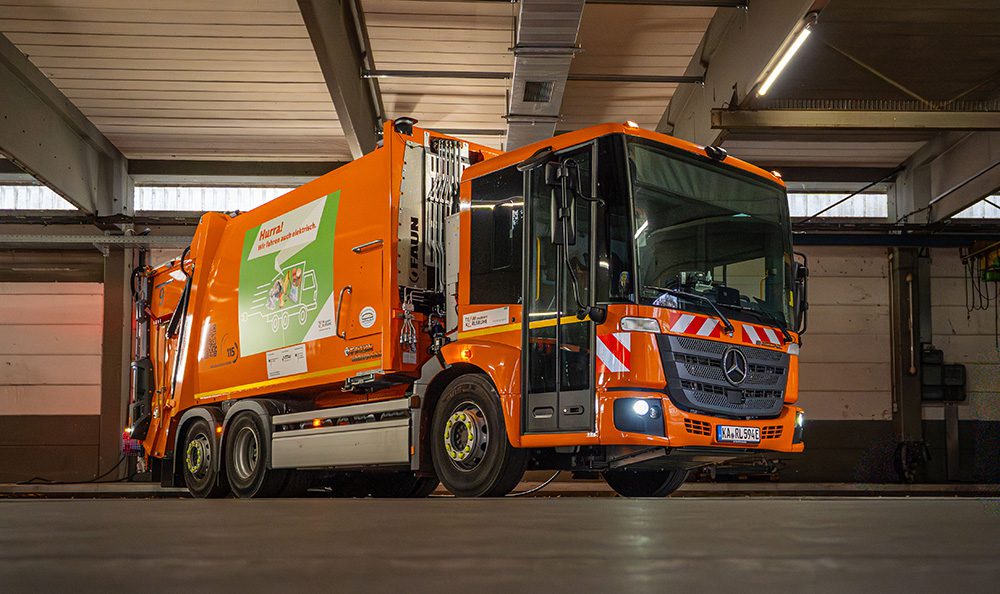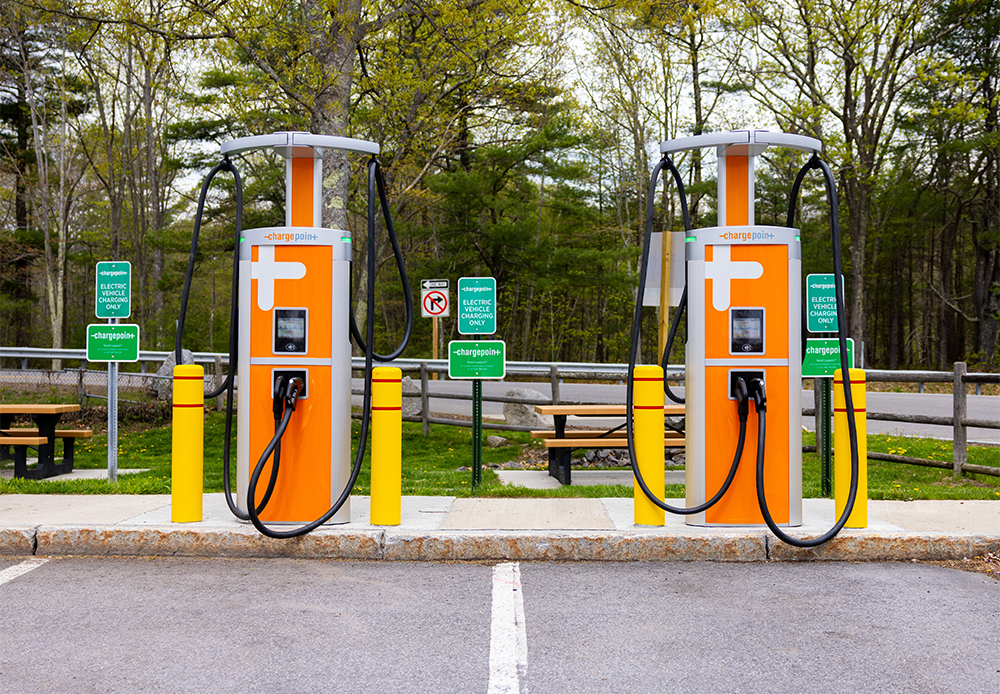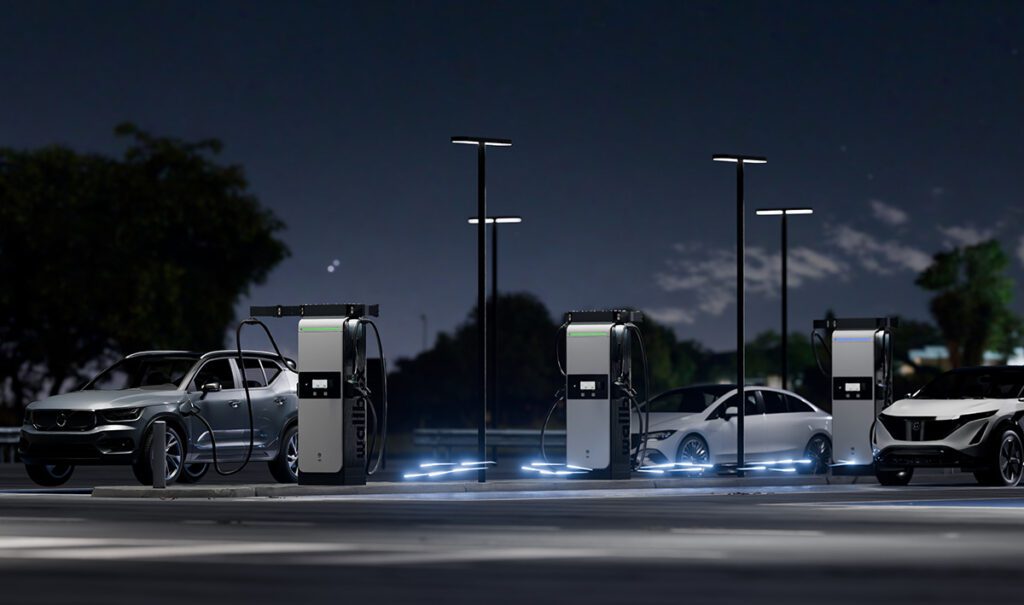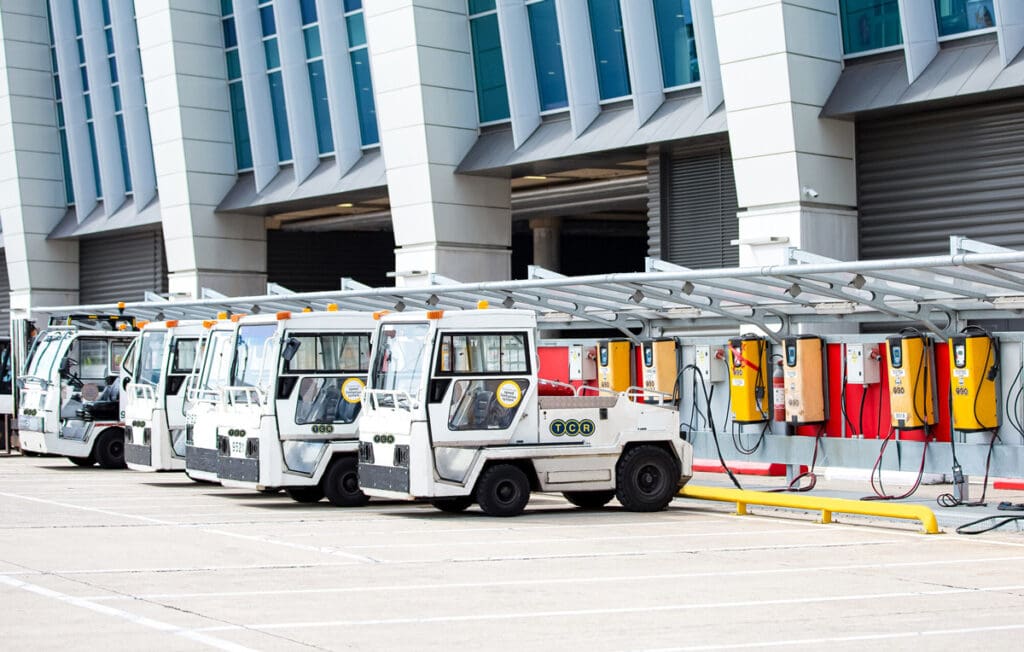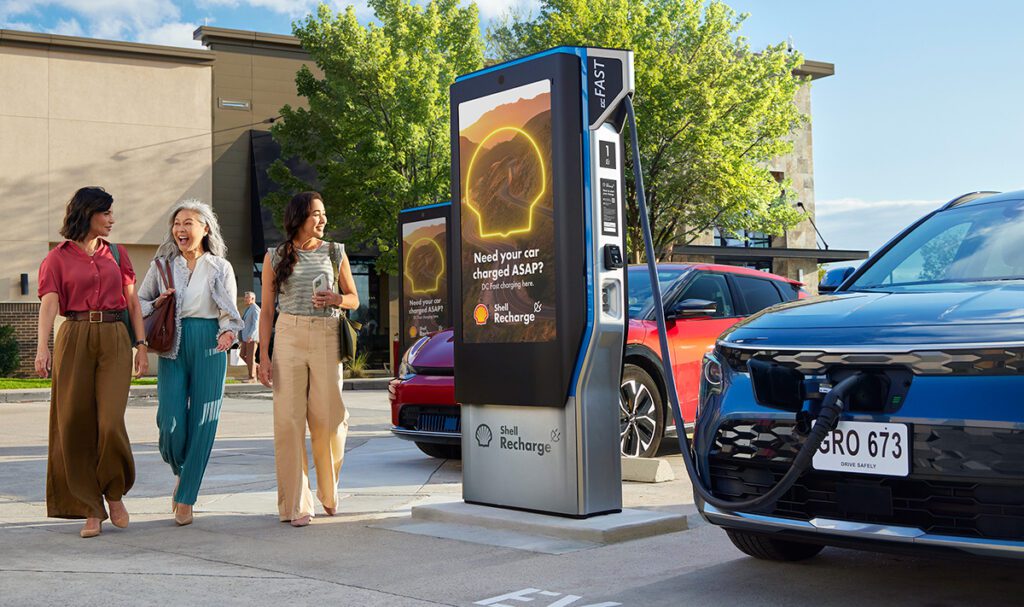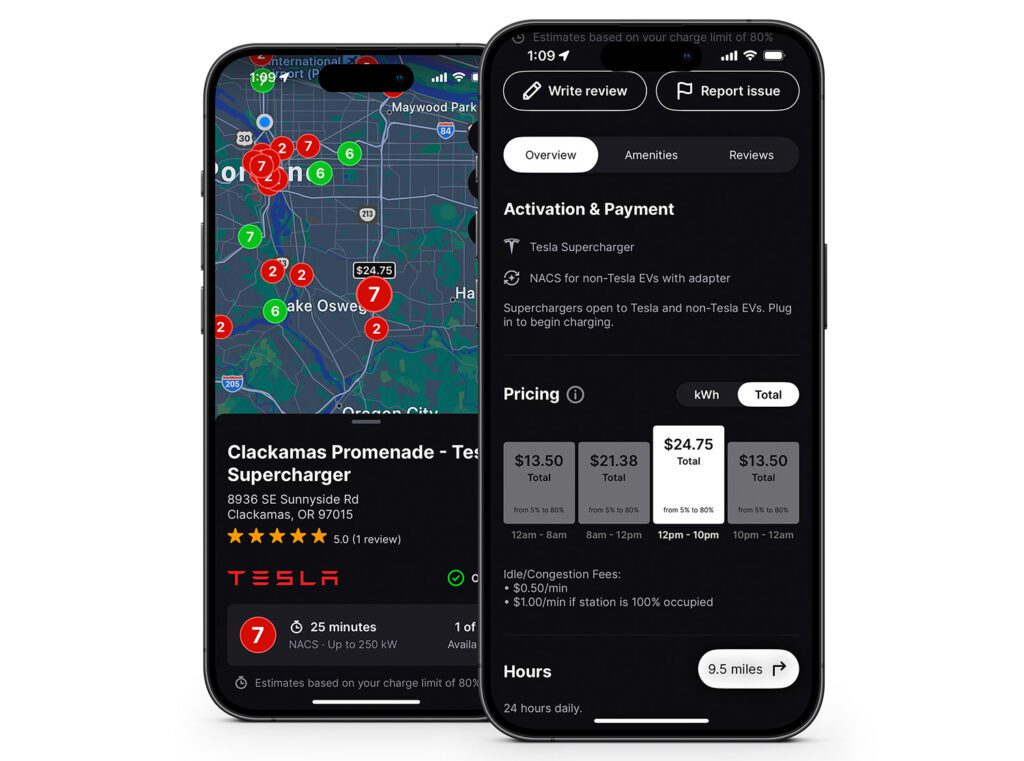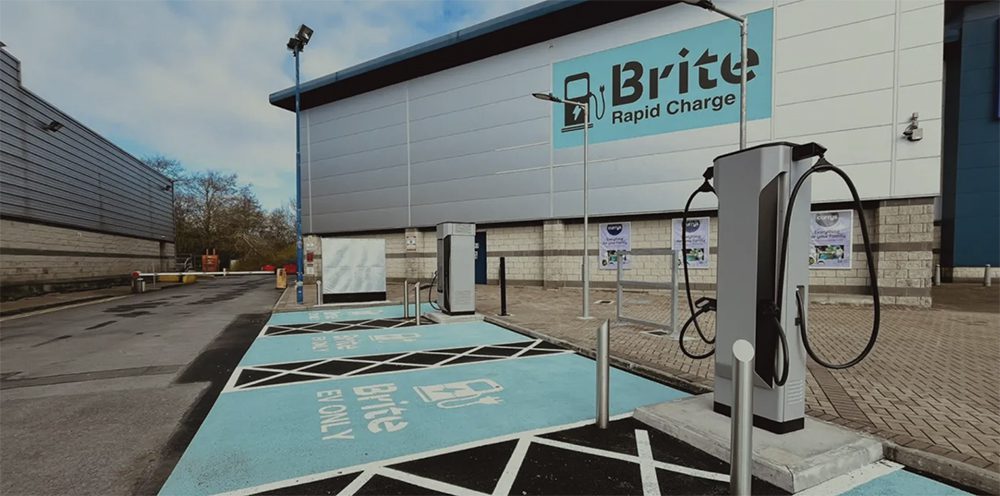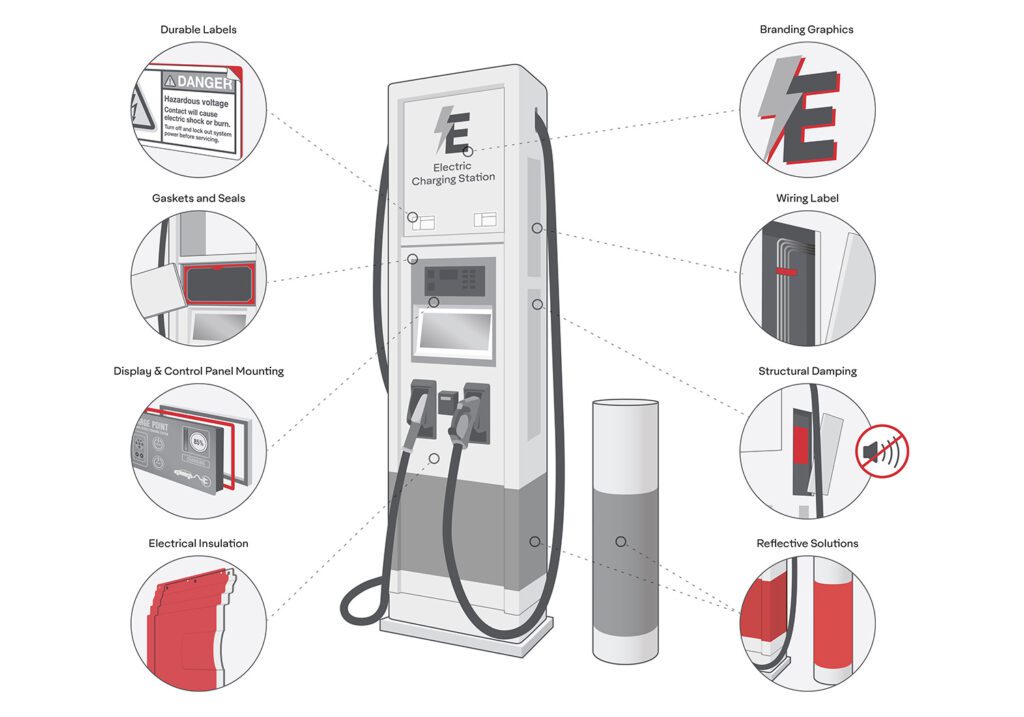The National Highway Traffic Safety Administration (NHTSA) will now require all new hybrid and electric light-duty vehicles to emit sounds to help protect pedestrians. The new standard fulfills a law that Congress approved in 2010.
Under the new rule, all electrified vehicles with gross vehicle weight under 10,000 pounds will be required to make an “alert sound” – defined as a sound that enables pedestrians to discern the presence and direction of the vehicle, when traveling at up to 19 mph (at higher speeds, the alert sound is not considered necessary, as tire and wind noise provide adequate audible warning).
The act specifies that the sound must not depend on driver activation. Automakers must provide each vehicle with “one or more sounds” that comply with the standard, and each vehicle of the same make and model must generate “the same sound or set of sounds.” Manufacturers have until September 2019 to comply.
“We all depend on our senses to alert us to possible danger,” said Transportation Secretary Anthony Foxx. “With more quieter hybrid and electric cars on the road, the ability for all pedestrians to hear as well as see the cars becomes an important factor in reducing the risk of possible crashes and improving safety.”
“The full implementation of the Pedestrian Safety Enhancement Act of 2010 will protect all pedestrians, especially the blind, as well as cyclists,” said Mark A. Riccobono, President of the National Federation of the Blind. “This regulation will ensure that blind Americans can continue to travel safely and independently as we work, learn, shop, and engage in all facets of community life.”
Most Americans (sadly, not all) are sensitive to the needs of disabled citizens, but the measure is not without controversy. Some fear that city streets could be polluted by the sort of obnoxious beeping that’s long been a feature of construction sites (as well as some airports).
During a Q&A session back in 2013, Elon Musk proposed a more elegant solution: “I think the sensible and ideal thing long-term is to have proximity sensors that direct a pleasant sound in the direction of where somebody is walking – so therefore, it’s the least amount of noise, and it’s not annoying, and it’s only going to where it needs to go.” Such a system is theoretically possible, thanks to Tesla’s new Enhanced Autopilot sensor suite, but it’s not clear whether it would be allowed under the new rule.
Source: NHTSA via Green Car Congress, Electrek







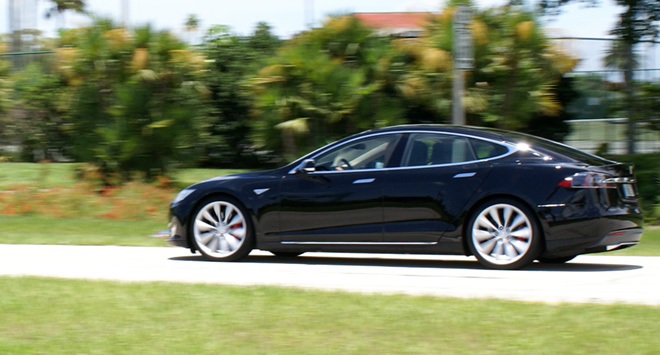








































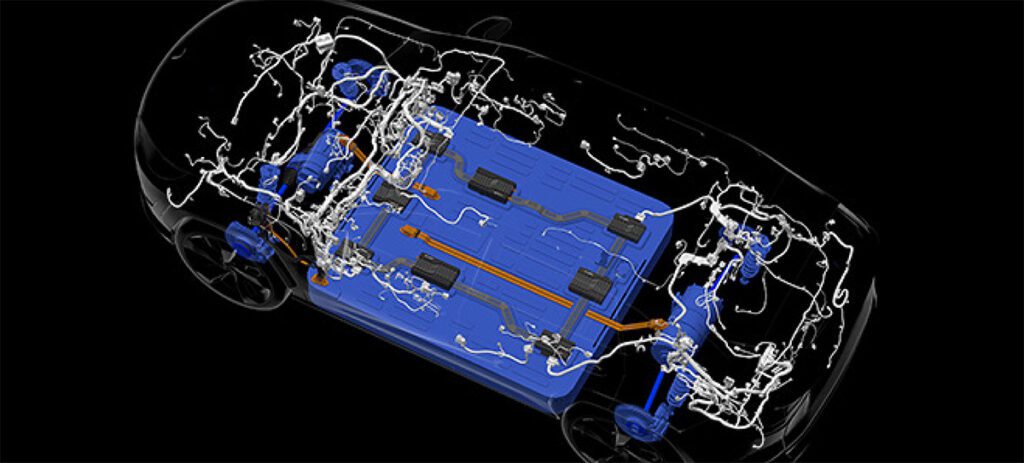

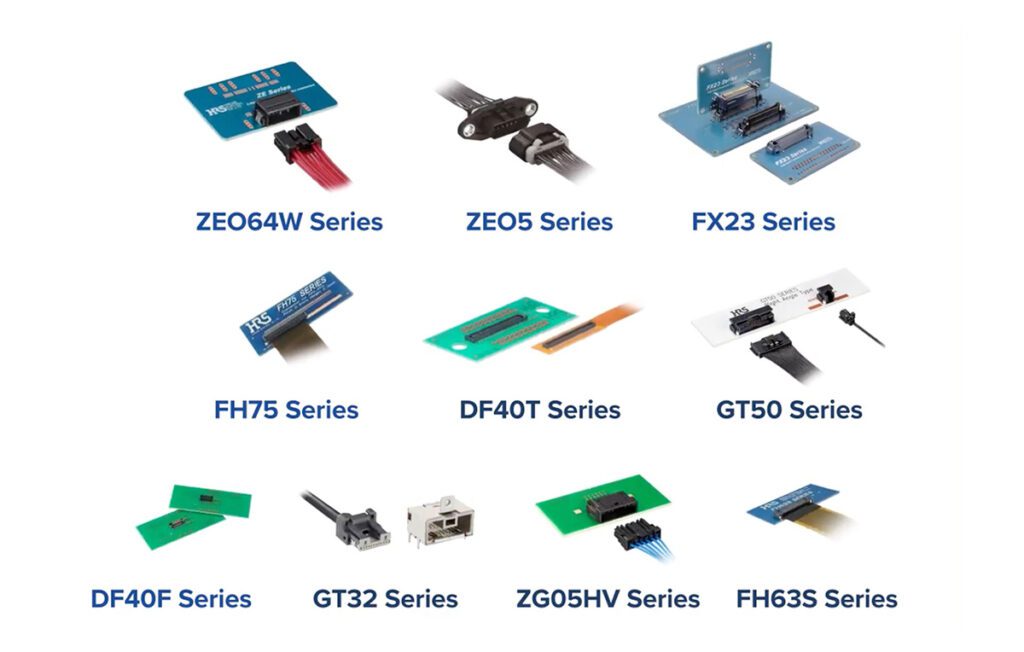
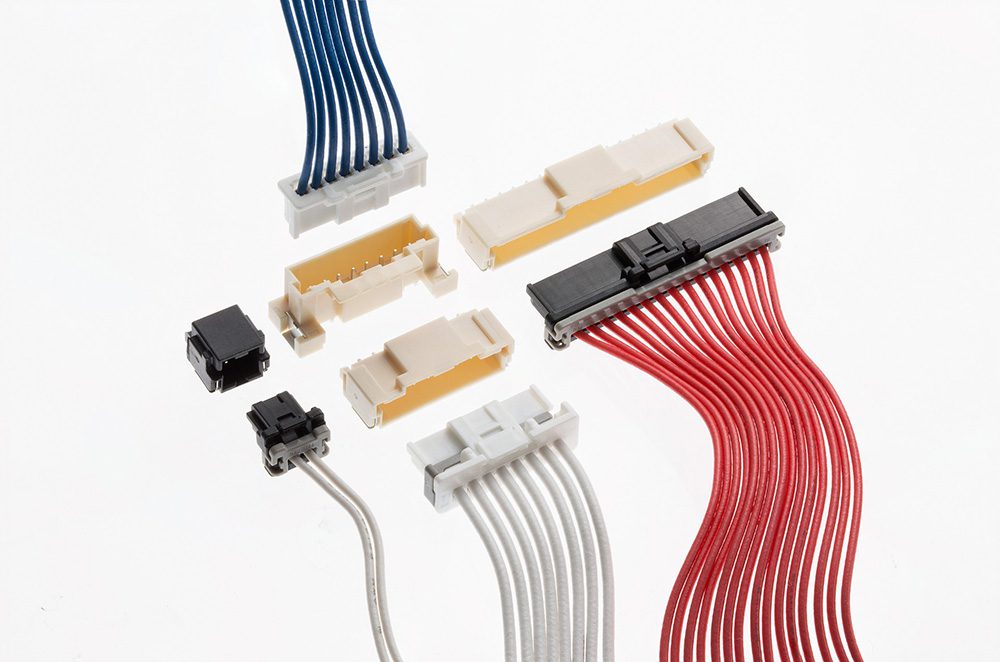
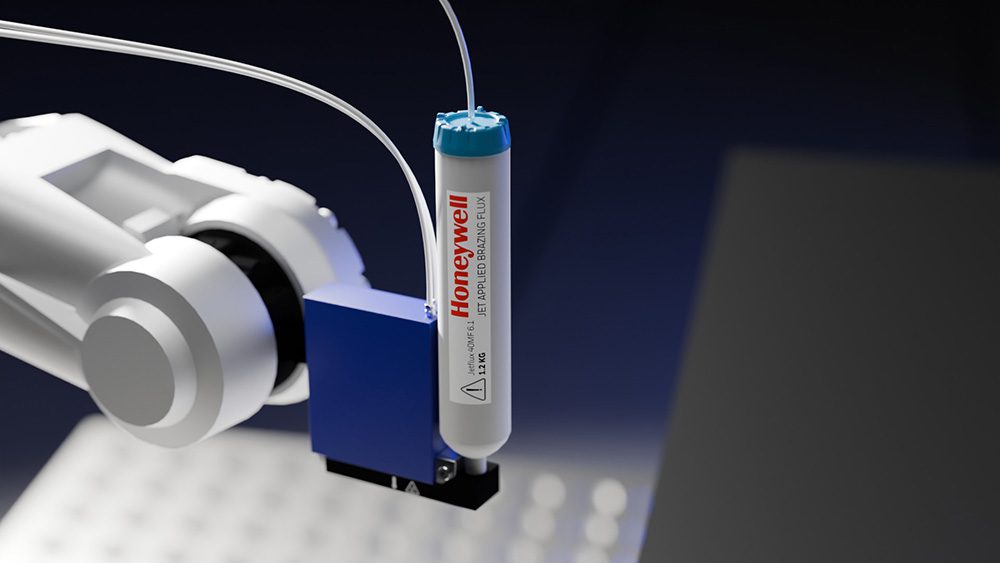



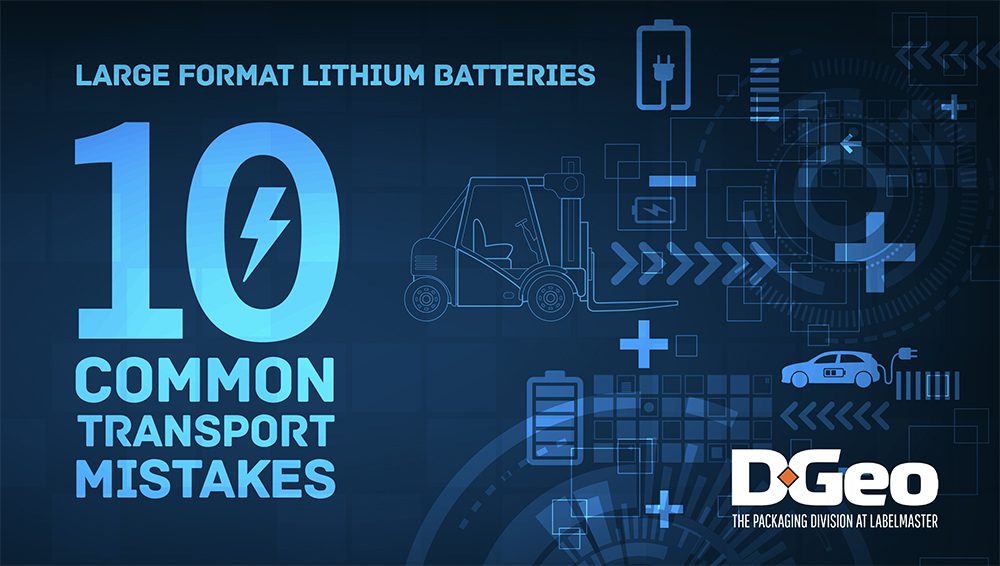


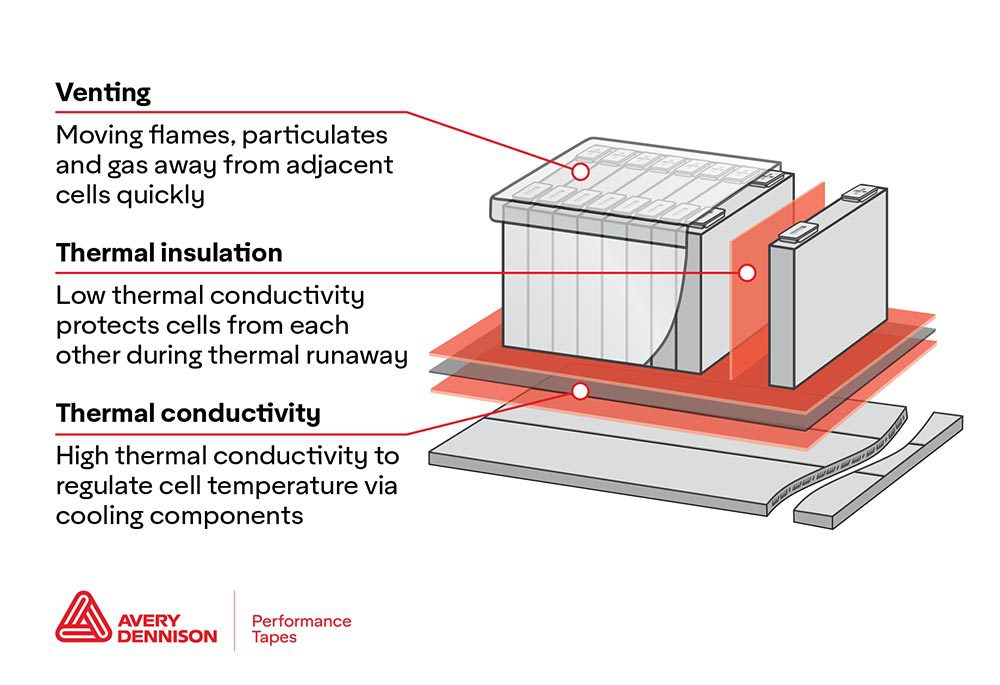
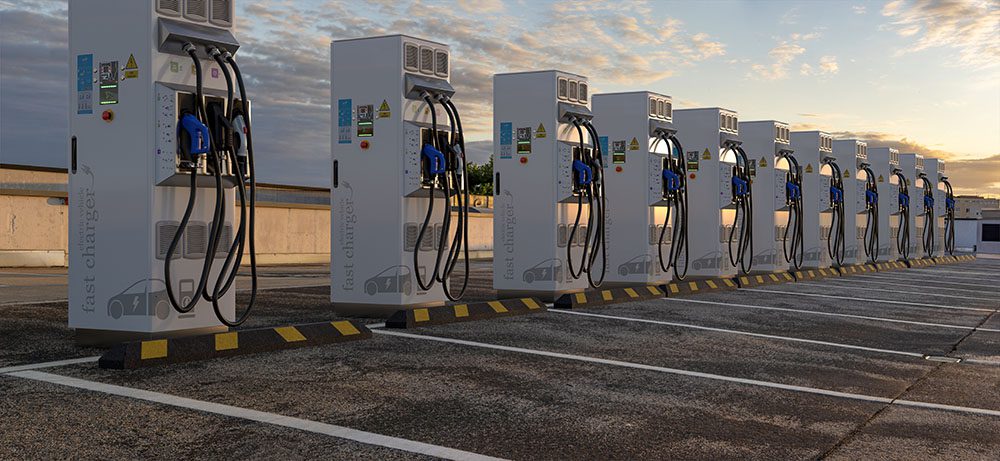

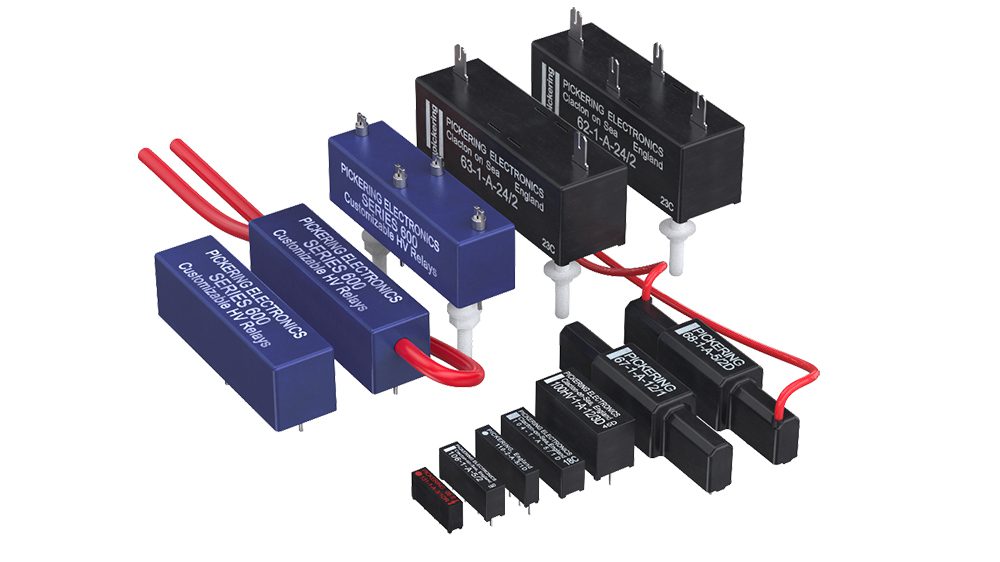
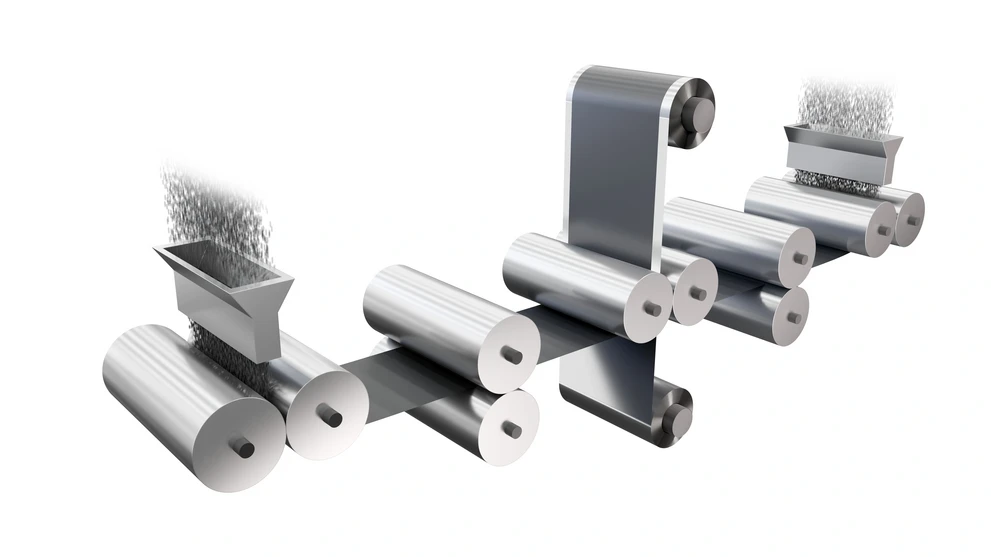

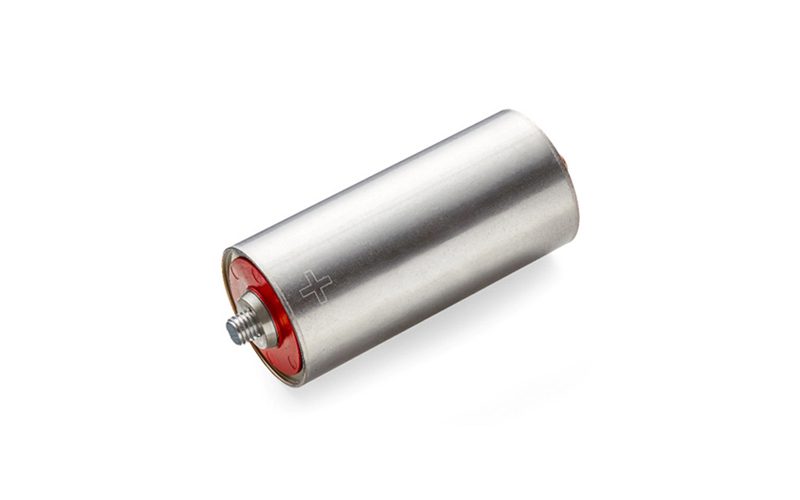

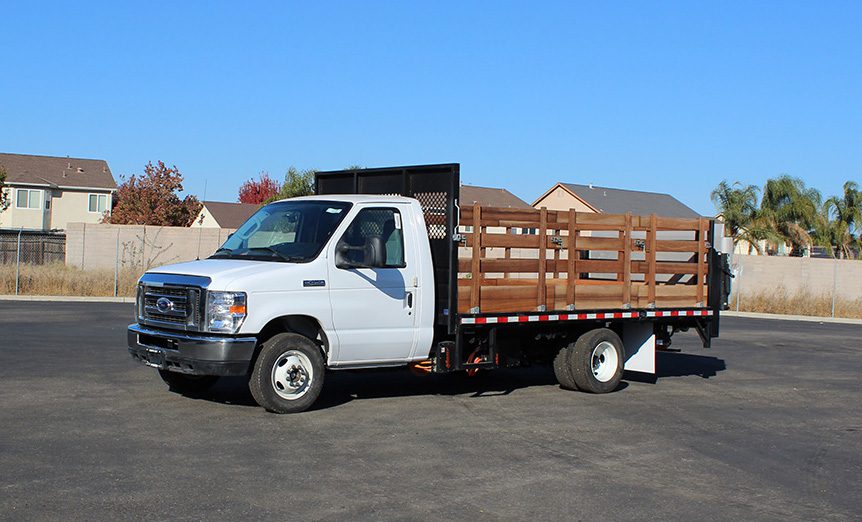


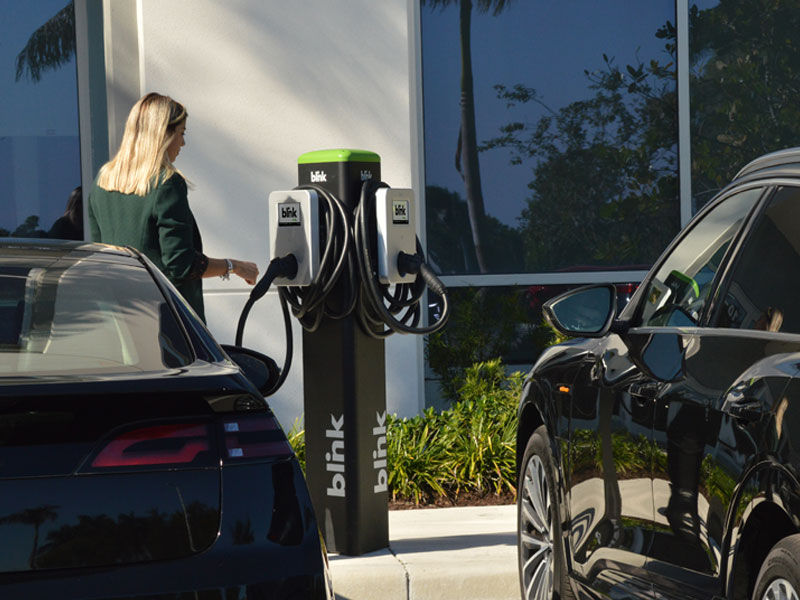
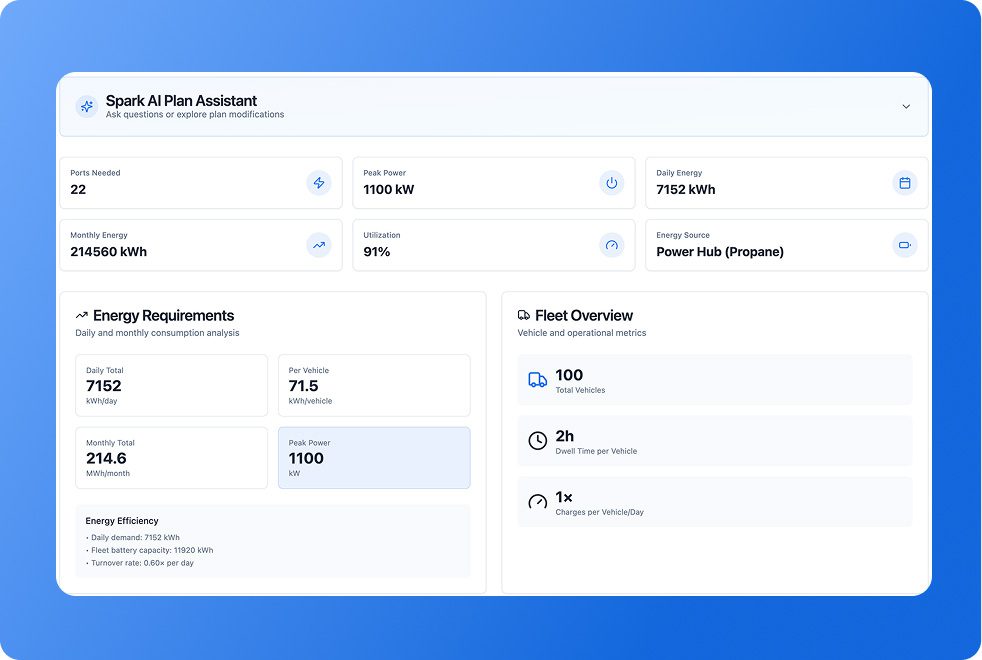
![New York City may replace Central Park’s horse-drawn cabs with electric carriages [Updated]](https://chargedevs.com/wp-content/uploads/2025/09/AdobeStock_273233016.jpg)

